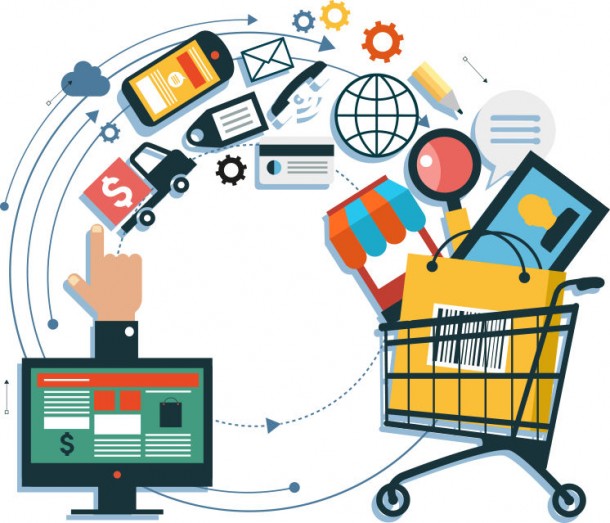
How to Maximize Omnichannel Sales
How to Maximize Omnichannel Sales
While online retailers might want to give the impression that brick-and-mortar stores are dying off, big-time brands beg to differ. In fact, 2014 looks to be the year of the retail giant: Apple is preparing to expand its retail presence; Gap is franchising stores in Hungary, Mexico and Paraguay; and Costco is planning to open 150 new stores in the next five years.
Even Amazon.com, the king of e-commerce, has started a locker serviceto provide physical pick-up locations. The trend is clear: Despite all the benefits and possibilities that come with e-commerce, brick-and-mortar retail is here to stay.
Does that mean we’re primed for an endless battle between the two? The reality is quite the opposite: The two channels will continue to rely on each other to survive, and only a carefully blended strategy of both will keep you in business.
Brick-and-Mortar and E-Tailers Are Symbiotic
Whether purchasing a car, a pair of shoes or a computer, both brick-and-mortar retail and e-tail have very important roles in the world of commerce. Retail acts as the showroom, where consumers can experience a product for the first time, while e-tail allows them to build confidence in the price they pay for a product as well as research all of their options in a convenient, real-time format.
Choosing one over the other forces your customers to choose, too. And in today’s competitive retail world, they’ll likely choose the brand that offers both options.
Maximizing and Integrating Bricks and Clicks
Integrating your brand experience online and offline is a delicate process. One in-store misstep could mean a loss online, and a misstep online could lead to an irate customer in-store. Here are eight tips for maximizing and integrating your online and offline customer experiences:
1. Mix virtual and physical experiences. Offer virtual experiences in a brick-and-mortar setting for tech-savvy shoppers. Focus on products that sell best offline, and merchandise those prominently.
2. Provide reciprocal access to products. Maximize the benefits of online and offline by offering the customer the option to order a product online and pick it up in-store.
3. Make online checkout pricing easy. Outline costs for shipping and handling, taxes, and fees clearly in the total so you provide consistent price messaging between your online and offline prices.
4. Engage customers. Shoppers are two times more likely to turn to their phones to answer questions instead of staff. Prevent that from happening by engaging shoppers consistently.
5. Be careful with coupons. Deep discounts diminish the value of your products and establish a long-term risk that customers may not purchase the same product again until the next deep discount.
6. Stock carefully. Know which products to sell online and offline, and cater to those customers accordingly.
7. Make customer service king. Have a help desk at the ready to combat customer issues, both online and offline. In your retail locations, this means a friendly and helpful front end; online, this means eliminating hold times and offering immediate resolutions.
8. Prioritize logistics. Aim to keep your online and offline purchase experiences consistent by providing same-day shipping from your warehouses.
The careful integration of retail and e-tail provides a more complete brand experience. While a strong online presence can expand your reach, allow your customers to compare prices and offers convenience, the support of a flawless brick-and-mortar experience cannot be ignored. Retail heavyweights like Apple know the most valuable approach for any brand is a strategic mix of the two.
Read the article on My Total Retail
Related Posts:
https://sambahreini.com/2015/11/what-brick-and-mortar-can-learn-from-amazons-storefront-in-manhattan/
https://sambahreini.com/2014/03/why-the-dominance-of-amazon-wont-mean-the-end-of-brick-and-mortar/


